|
Key Takeaways
Check out these two Specialist Programs: Corrective Exercise (worth 2.5 ACE CECs) and Pain-Free Movement (worth 1.2 ACE CECs). Read the other blogs in this series: A BACK to School Program and Be a Chest Day Champion. |
Well-sculpted abs have been used to sell products and services for decades, whether they appear on magazine covers, late-night infomercials or social media posts. Of course, properly functioning abs are about much more than good looks, product sales and ad revenue. They are key to increasing core strength and endurance, improving posture, reducing low-back pain and enhancing sports performance.
ACE-sponsored research sought to determine how effective some of the most popular ab devices and ab exercises are at activating various muscles of the core. While some of the devices have since disappeared into the fitness trend ether, the research delivered some interesting findings.
The researchers looked at eight different products, as well as the following ab exercises:
|
|
Anatomy of the Abdominal Muscles

Despite the various products available at the time, researchers found that you can effectively train the abs at home for free. So, let’s set aside those products (as most consumers have undoubtedly done by now) and focus exclusively on the exercises.
The first major finding was that none of the exercises elicited greater muscle activation than the traditional crunch, though two exercises were more effective at targeting the external obliques—the decline bench curl-up captain’s chair crunch. The researchers thought this was possibly due to those pieces of equipment requiring the participant to maintain balance and control throughout the movement, especially when compared to the more stable movement involved with lying on the ground in a traditional crunch.
As you can see, while the traditional crunch is the best option overall, no single exercise challenges all of the abdominal muscles in the most effective way. As Dr. Cedric X. Bryant, PhD, FACSM, ACE CEO, explains, “the best way to work the abs is with different types of exercises. For example, the plank exercise effectively engages the transverse abdominis, which plays an important role in spinal stabilization.” Note: The transverse abdominis muscle is part of the deep layer of the core and was not included in this research.
Expert Advice
In the spirit of adding variety to clients’ workouts, we asked three ACE employees to tell us about their favorite ab exercises. Here’s what they had to say:
Nicole Thompson, MA, Account Manager of Course Partnerships and an avid runner, says that her two favorite ab exercises are the dead bug with resistance bands and single-leg slider (or TRX) tuck + pike.
The dead bug with resistance band, she says, helps with core stabilization while the legs and arms move independently, which can help control hips for better running form, while also aiding with stability and anterior pelvic tilt. This exercise is most appropriate for beginner to intermediate runners or clients recovering from injury or working on core control/awareness.
The single-leg slider (or TRX) tuck + pike improves core stabilization and bracing while driving each leg forward (tuck) and strengthening the abs (pike). This exercise also helps with hip flexor strength and core power and is more for intermediate to advanced clients or runners, as it requires considerable balance, coordination and upper-body strength.
Chris Gagliardi, MS, Scientific Education Content Manager, chose barbell jammers and the standing anti-rotation press as his two favorites. “These may not be exercises that first come to mind when thinking of targeting the abdominal muscles. Like in daily living, the abdominal muscles are not really used in isolation but rather are used as part of integrative movements taking place in all planes of motion,” Gagliardi explains. “I like to use exercises that require activation of the core musculature to stabilize the spine and transfer energy between the upper and lower body.”
Both of these exercises are appropriate for all clients regardless of fitness and experience level. For barbell jammers, clients should have the ability to properly perform a squatting movement pattern. For the standing anti-rotation press, it’s important that pain not be present during the movement.
Options for modifying the barbell jammer include changing the load, adjusting the foot placement, kneeling, adjusting the hand position, adjusting the tempo, jumping, and alternating hands, while options for modifying the anti-rotation press include changing the load, adjusting the balance challenge by altering foot placement or surface type, and adding other movements such as a squat or a lunge.
Araceli De Leon, MS, Product Development Content & Education Manager, selected quarter Turkish get-ups and hollow holds/rocks.
When performing quarter Turkish get-ups, you complete only the beginning portion of the traditional Turkish get-up, where you press the weight overhead and roll up toward the opposite side. This primes the body for when the client is ready to do the full exercise. Even for those proficient in the full movement, this modified version is highly effective at targeting the rectus abdominis and obliques.
Quarter Turkish get-ups are appropriate for clients at any fitness level who are interested in more complex movement patterns or new ways to target the abs. While a kettlebell is typically used, beginners can use a lighter kettlebell or dumbbell, or no weight at all, while more advanced clients can add weight, as appropriate.
Hollow holds/rocks challenge the ability to maintain tension through the entire anterior chain. By keeping the lower back pressed into the floor while holding or rocking, you engage deep core stabilizers along with the rectus abdominis. Hollow holds build static strength and endurance while hollow rocks add a dynamic challenge to further test stability and control.
Hollow holds/rocks are for intermediate to advanced exercisers. Beginners can learn this exercise by bending the knees into a tabletop position or keeping one leg extended while the other is bent. To make this movement more difficult, add ankle or wrist weights or a dumbbell, kettlebell or plate, or increase the time under tension.
Final Thoughts
- Traditional crunch
- Decline bench curl-up (a crunch exercise performed on a decline bench with the legs and feet locked into the leg roller attachment)
- Captain’s chair crunch
- Dead bug with resistance bands
- Single-leg slider (or TRX) tuck + pike
- Barbell jammers
- Standing anti-rotation press
- Quarter Turkish get-ups (modification of Turkish get-up)
- Hollow holds/rocks
| If you are an exercise professional interested in designing safe and effective resistance-training programs for your clients, check out these two Specialist Programs:? |
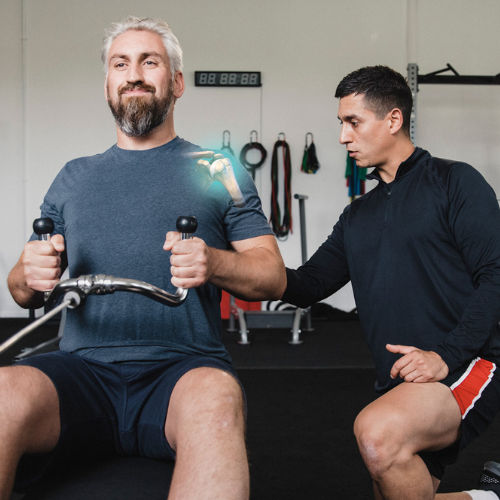 |
Corrective Exercise (worth 2.5 ACE CECs): As an ACE Corrective Exercise Specialist, you will design programs for clients affected by chronic conditions or injuries, empowering them to regain daily function and move with confidence. |
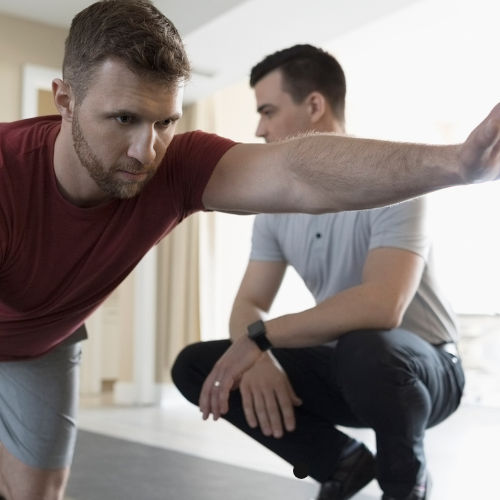 |
Pain-Free Movement (worth 1.2 ACE CECs): As a Pain-Free Movement Specialist, you will better understand how pain affects movement and how to create new strategies to help people move without pain. |
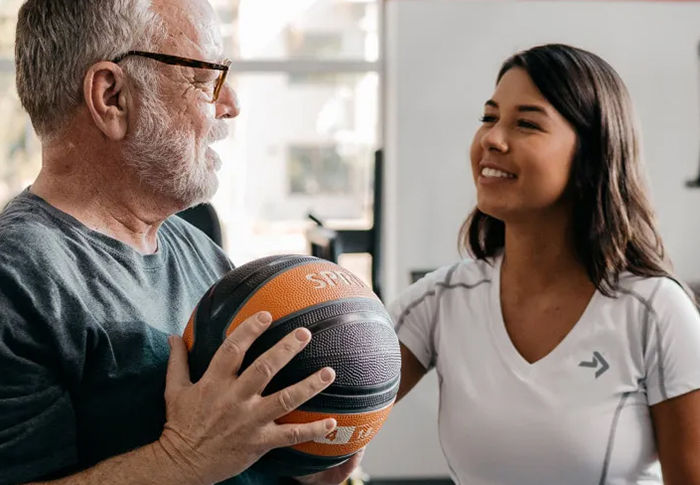

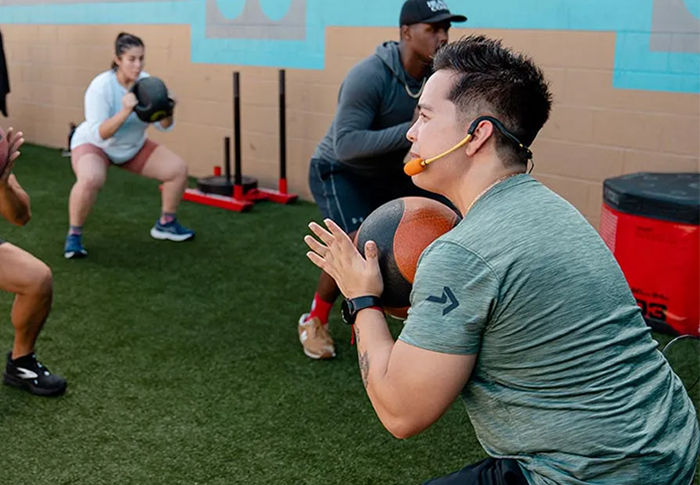
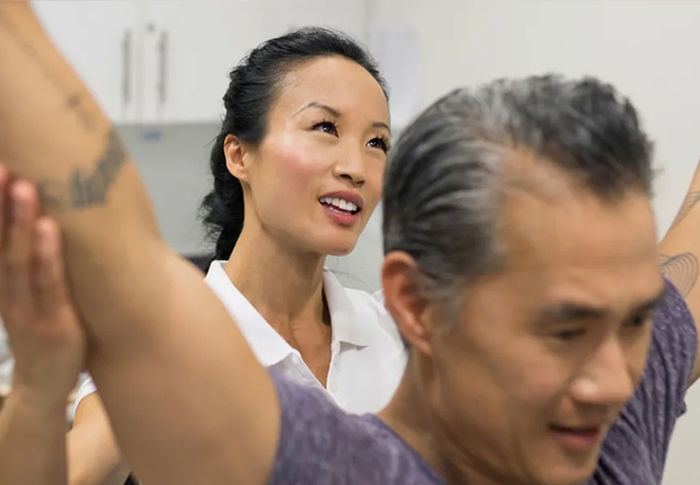
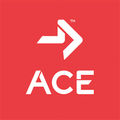 by
by 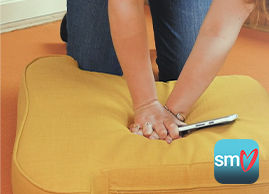
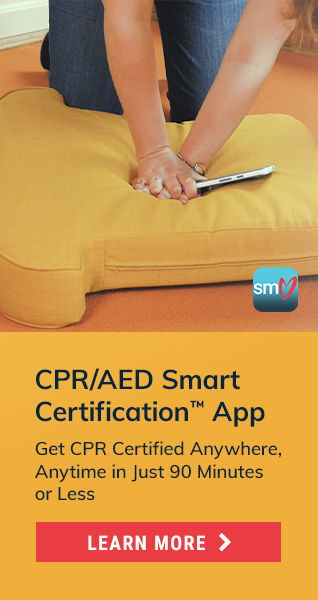

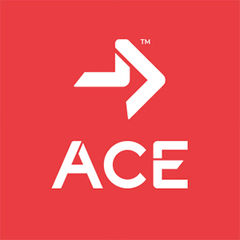


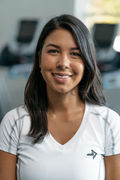 by
by